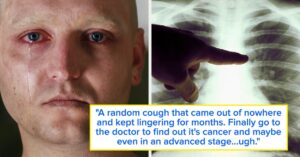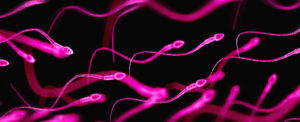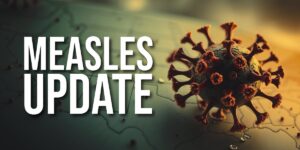
Excavation has begun at a site in Tuam, County Galway, Ireland, where authorities believe the remains of nearly 800 children are buried in a septic tank. These children died at a home for unwed mothers run by Catholic nuns. The investigation has been long-awaited, following revelations by local historian Catherine Corless, who uncovered the tragic history of the site.
Corless’s research, which brought this dark chapter to light in 2014, revealed that 798 children died at the Bon Secours Mother and Baby Home between 1925 and its closure in 1961. Shockingly, only two of these children were buried in a nearby cemetery. The rest are believed to be under the site of the former institution, now a modern apartment complex.
The Unveiling of a Tragic Past
Bon Secours, known locally as “The Home,” was a maternity home for unmarried mothers and their children, operated by a religious order of Catholic nuns. Women who became pregnant outside of marriage were sent to the home to give birth and were often interned for a year to perform unpaid labor. The newborns were raised by the nuns and frequently adopted out, often without the consent of their biological families.
The full extent of the tragedy was only uncovered when Corless’s research pointed to a disused septic tank as the likely final resting place for the children. This discovery prompted calls for justice and a proper investigation into the practices at the home.
Excavation and Investigation
After years of advocacy and legal hurdles, legislation was passed in 2022 to allow excavation work to begin at the Tuam site. This week, a team of investigators commenced their forensic investigation, which is expected to take up to two years. The goal is to identify the remains and provide a dignified reburial, offering some closure to survivors and their families.
“I don’t care if it’s a thimbleful, as they tell me there wouldn’t be much remains left; at six months old, it’s mainly cartilage more than bone,” said Annette McKay, whose sister is believed to be among the victims.
Annette’s mother, Margaret “Maggie” O’Connor, gave birth to a baby, Mary Margaret, at the home after being raped at the age of 17. The child died six months later, and the mother only learned of her daughter’s death when a nun informed her bluntly.
A Broader System of Oppression
The Bon Secours home was part of a larger network of institutions in Ireland that oppressed unmarried mothers and their children. Women who “reoffended” by having more children out of wedlock were often sent to Magdalene laundries, notorious institutions for so-called “fallen women.” These laundries, run by Catholic orders and quietly supported by the state, housed women from various backgrounds, including victims of rape and incest.
The commission report concluded that 9,000 children had died in similar homes across Ireland.
These institutions were run in various ways, some funded and managed by local health authorities, while others were operated by religious orders. The last of the Magdalene laundries closed in the 1990s, but the scars of their existence remain.
Government Response and Compensation
In 2014, the Irish government issued a formal apology for the state’s role in these institutions. A compensation scheme was established in 2022, which has so far paid out the equivalent of $32.7 million to 814 survivors. However, the religious orders that operated many of these facilities have refused to contribute to the compensation program, despite appeals from victims and Ireland’s Justice Minister.
The excavation at Tuam is a significant step in addressing the historical injustices faced by the victims of the Bon Secours home. As the investigation continues, it is hoped that it will bring some measure of justice and closure to those affected by this dark chapter in Ireland’s history.







